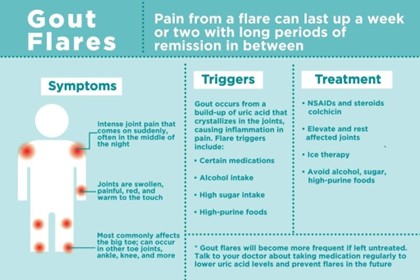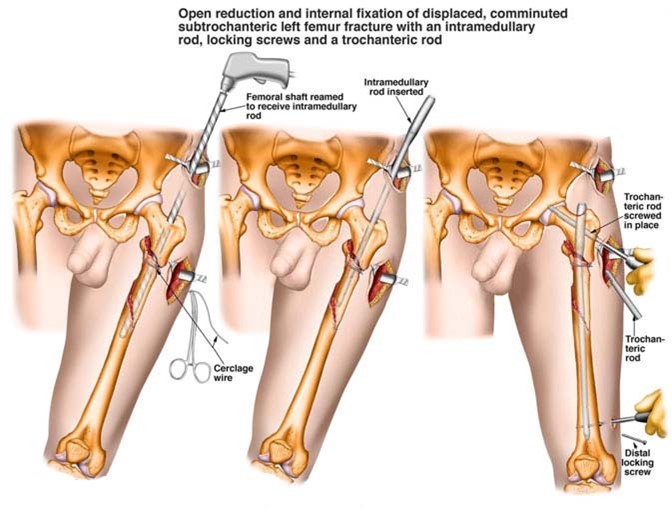A nurse is assisting with the development of a plan of care for an older adult who is at risk for falls. Which of the following actions should the nurse contribute to the plan? (Select all that apply)
Keep the bed at a comfortable working height.
Administer a sedative at bedtime.
Keep a night light on in the client's room and bathroom.
Place the bedside table within the client's reach.
Lock the wheels on beds and wheelchairs during transfers.
Correct Answer : C,D,E
Keeping a night light on in the client's room and bathroom can help reduce the risk of falls by improving visibility and orientation at night. Placing the bedside table within the client's reach can help reduce the risk of falls by making it easier for the client to access necessary items without having to get up and move around. Locking the wheels on beds and wheelchairs during transfers can help reduce the risk of falls by providing stability and preventing unwanted movement.
a. Keeping the bed at a comfortable working height is important for the nurse's comfort and safety while providing care, but it does not directly reduce the risk of falls for the client.
b. Administering a sedative at bedtime may help the client sleep, but it can also increase the risk of falls by causing drowsiness and disorientation.
Nursing Test Bank
Naxlex Comprehensive Predictor Exams
Related Questions
Correct Answer is ["B","C","E"]
Explanation
A nurse collecting data from a client who has an exacerbation of gout should expect to find edema, tophi, and erythema. Gout is a type of arthritis that occurs when urate crystals accumulate in the joints, causing inflammation and intense pain. Edema (swelling) is a common symptom of gout⁴. Tophi are deposits of urate crystals that can form under the skin in people with chronic gout³. Erythema (redness) is another common symptom of gout⁴.
a. Tight skin is not a common symptom of gout.
d. Symmetrical joint pain is not a common symptom of gout, as it usually affects only one joint at a time.

Correct Answer is ["A","B","C"]
Explanation
The nurse should identify the absence of pulse, altered sensation of the toes, and cool skin as possible manifestations of compartment syndrome. Compartment syndrome is a serious condition that can occur following surgery or injury. It is characterized by increased pressure within a muscle compartment that can lead to decreased blood flow and nerve damage.
Pain relieved by narcotics and capillary refill of 1 second are not manifestations of compartment syndrome. Pain relieved by narcotics is a normal response to pain medication. A capillary refill of 1 second is within the normal range and does not indicate compartment syndrome.

Whether you are a student looking to ace your exams or a practicing nurse seeking to enhance your expertise , our nursing education contents will empower you with the confidence and competence to make a difference in the lives of patients and become a respected leader in the healthcare field.
Visit Naxlex, invest in your future and unlock endless possibilities with our unparalleled nursing education contents today
Report Wrong Answer on the Current Question
Do you disagree with the answer? If yes, what is your expected answer? Explain.
Kindly be descriptive with the issue you are facing.
